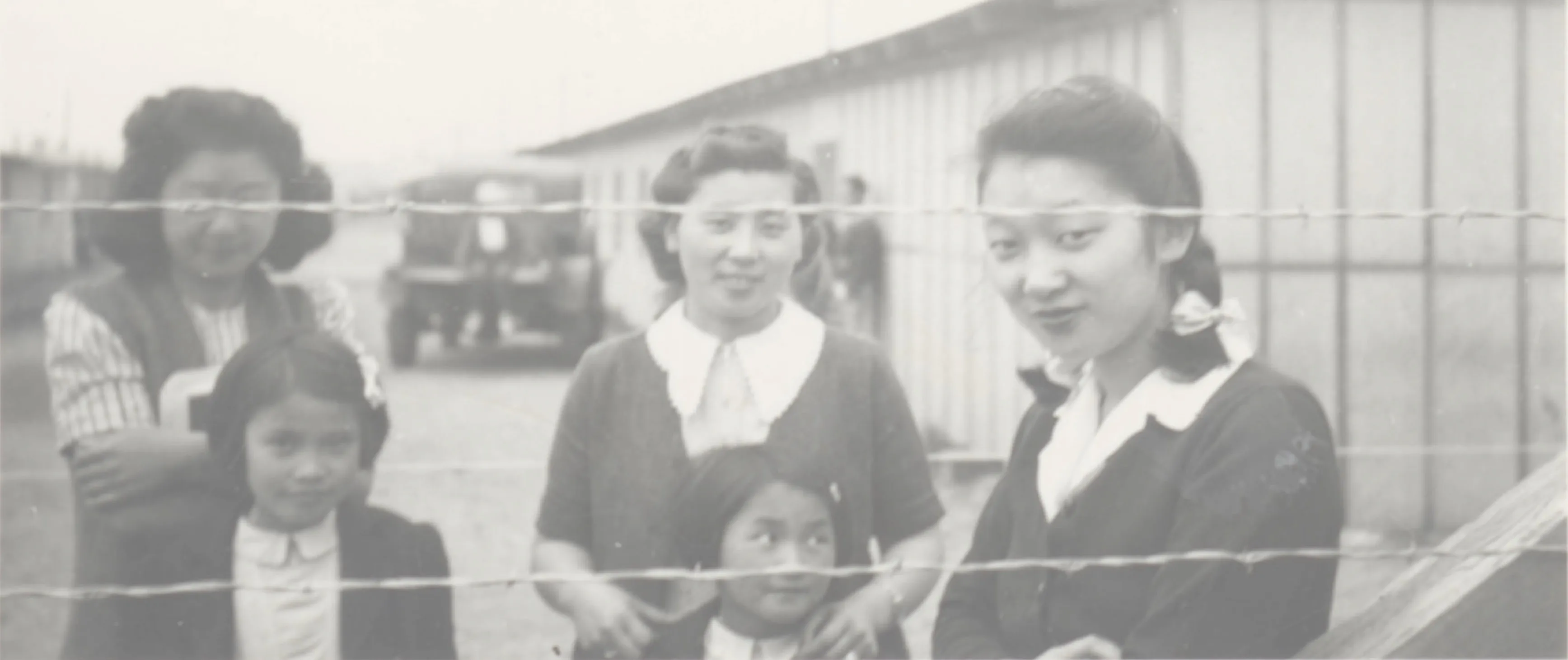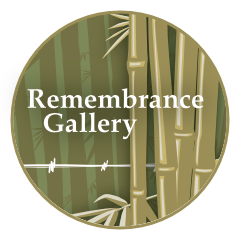
Our Goal
The Remembrance Gallery honors the lives that were forever transformed through mass incarceration at the Puyallup Fairgrounds.
The Gallery raises awareness about the causes and impacts of this injustice, and emphasizes how this part of American history is still relevant today.
